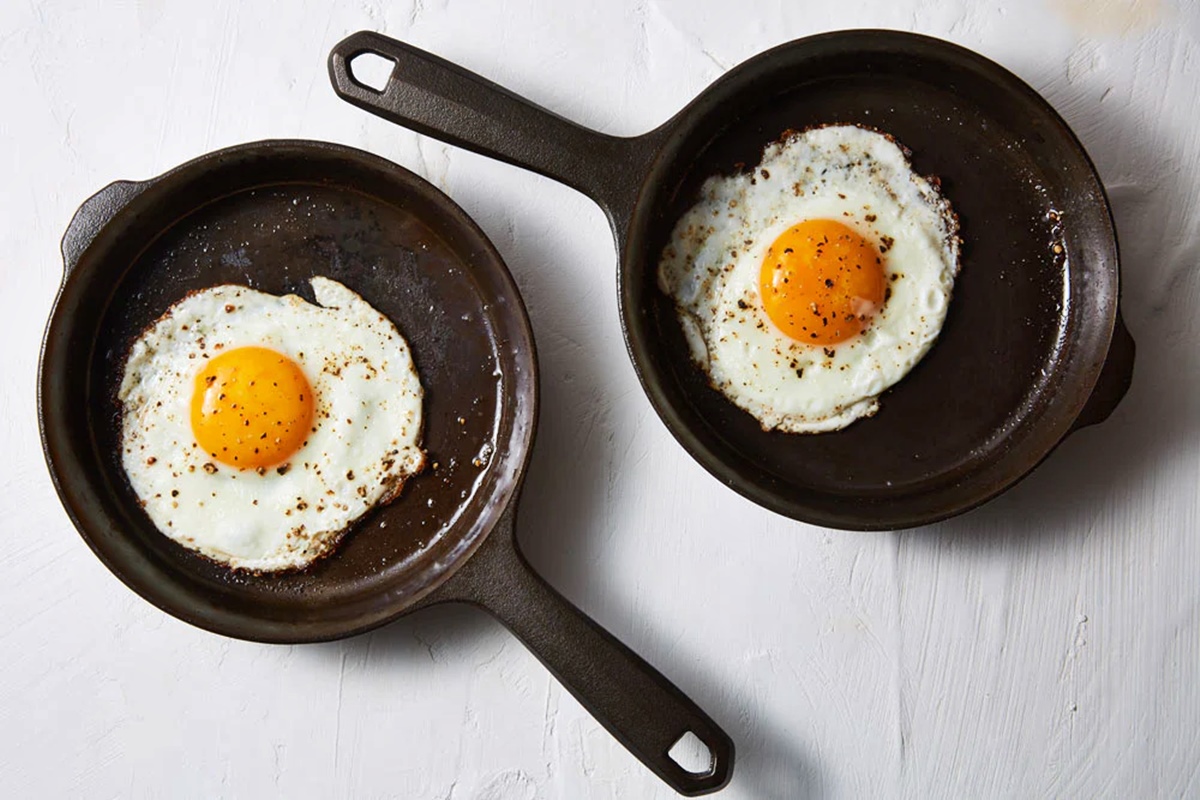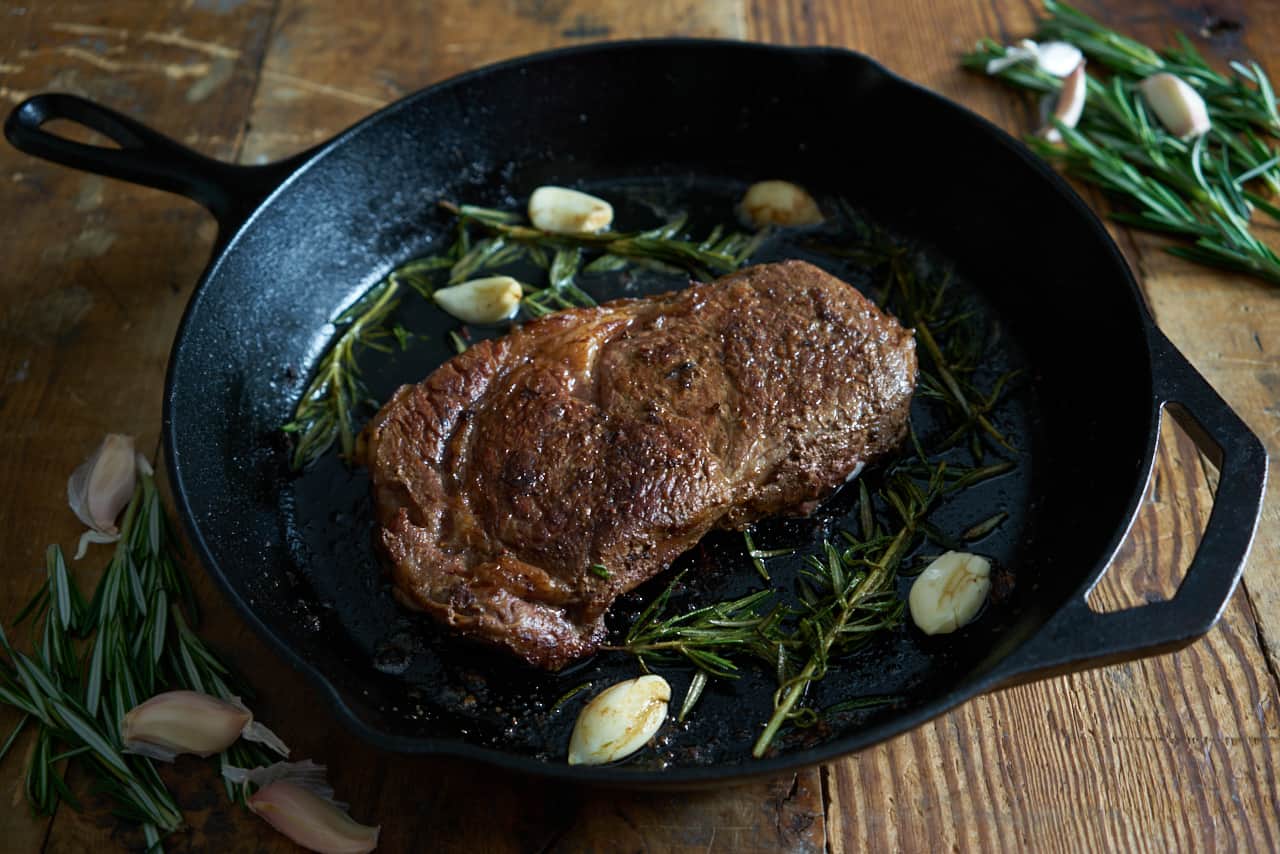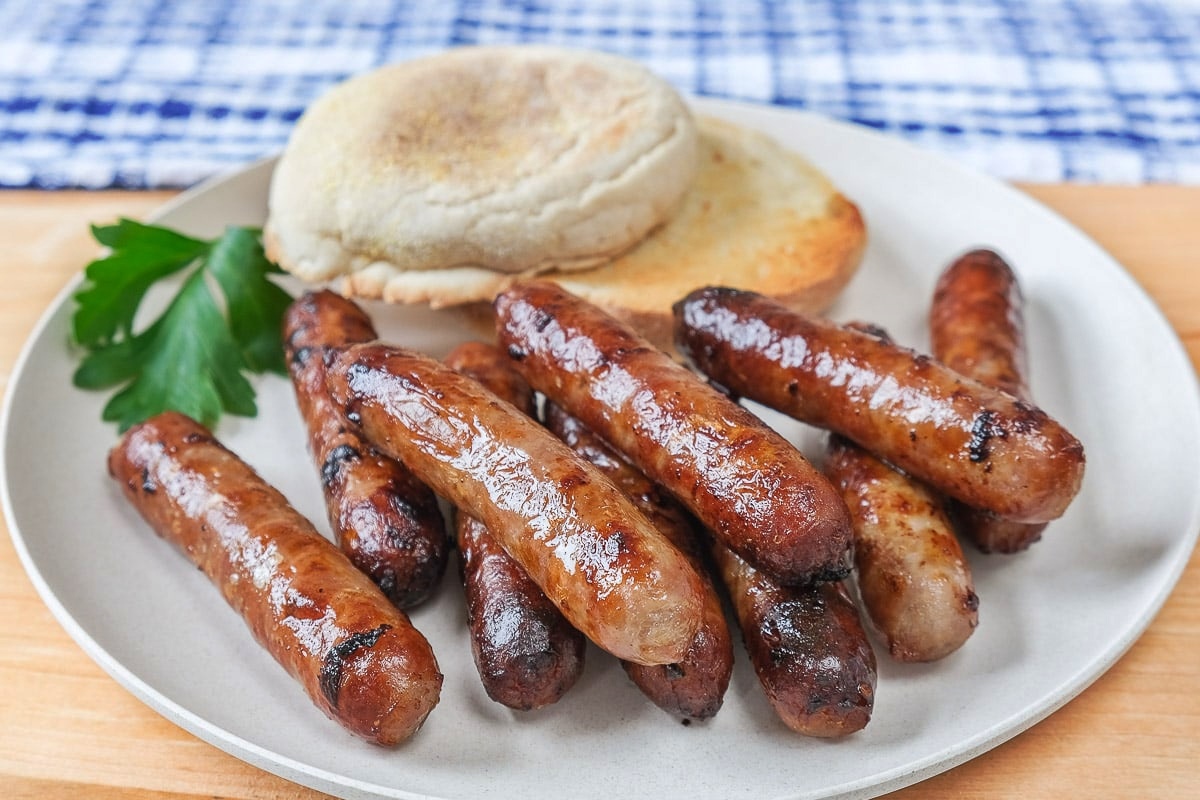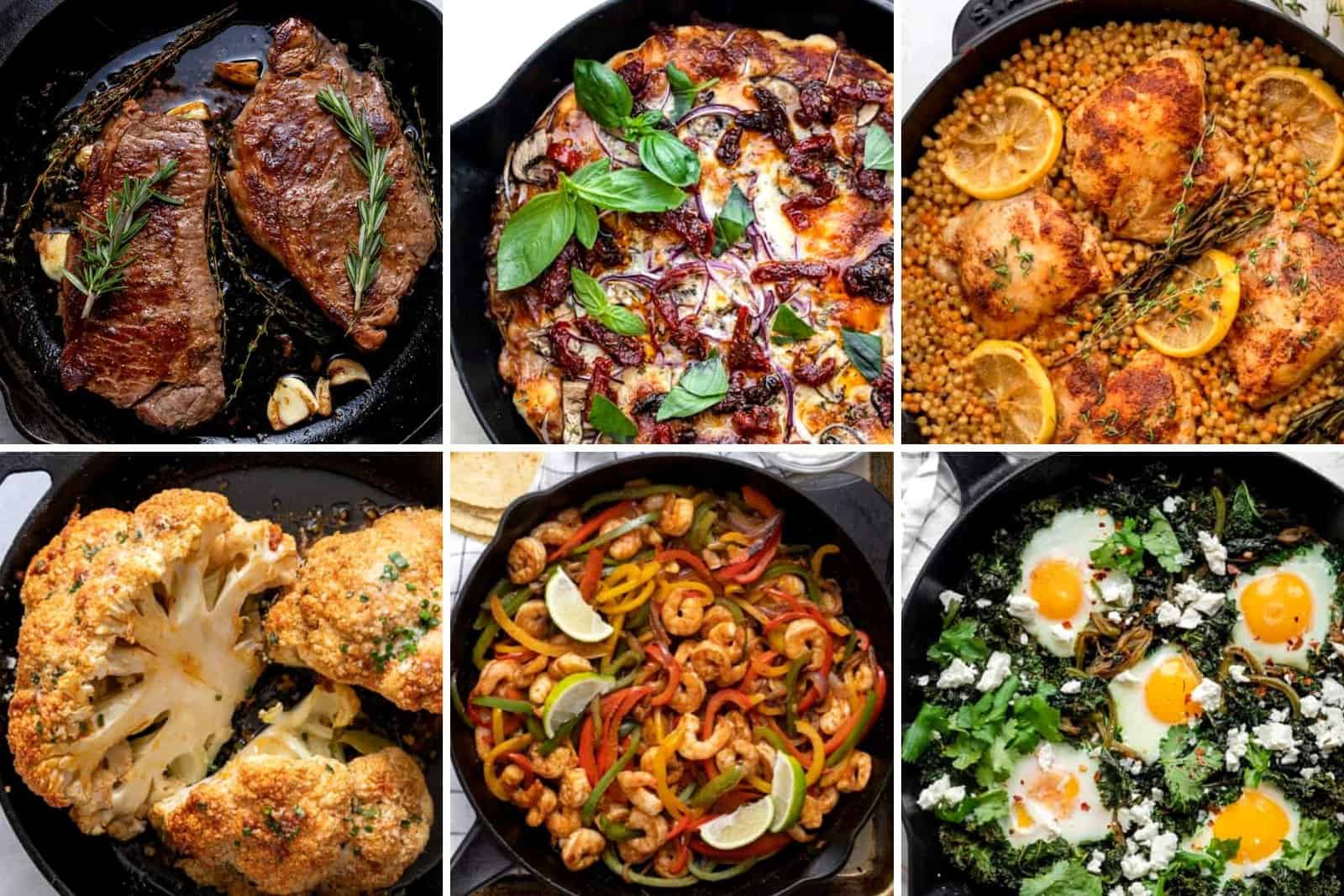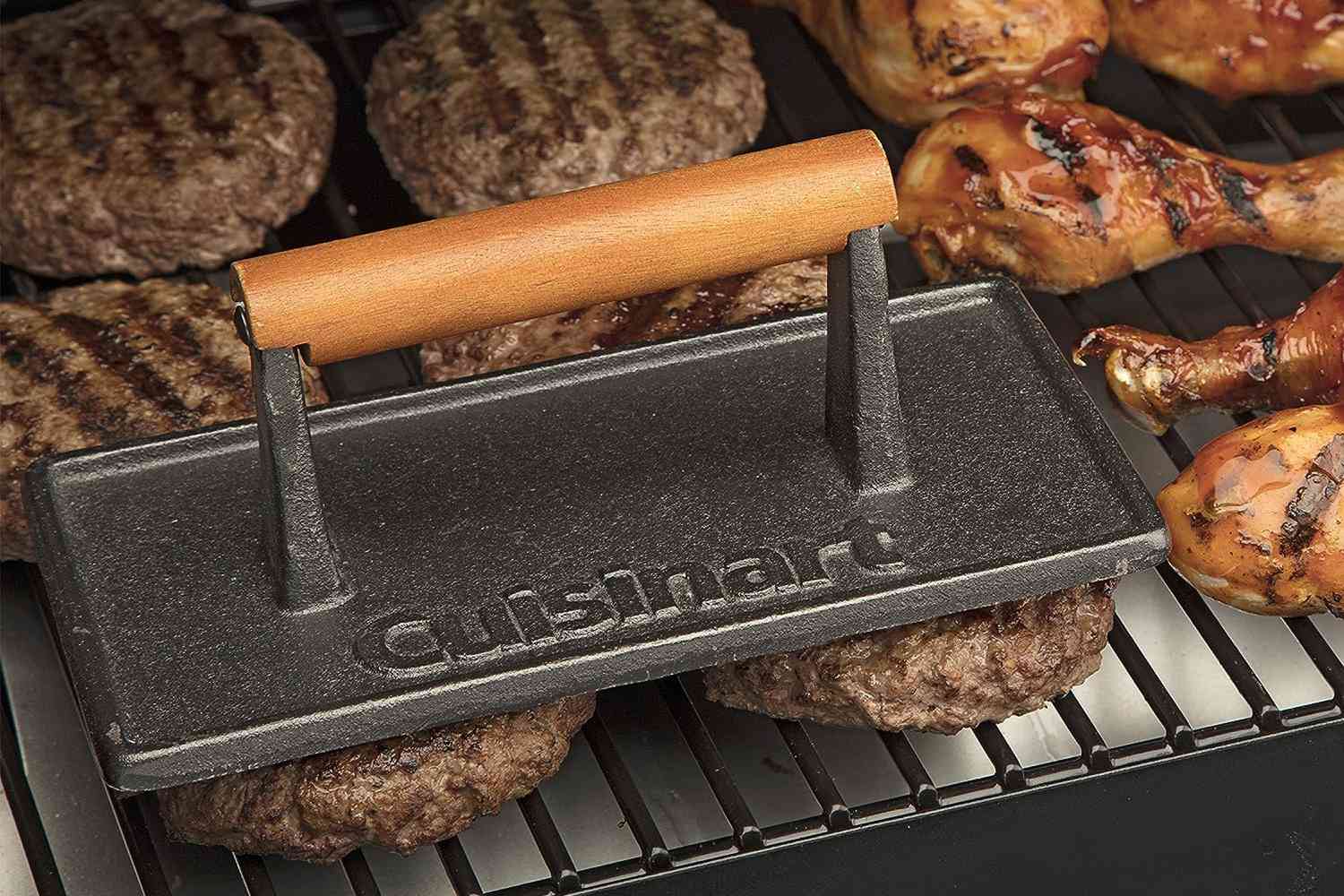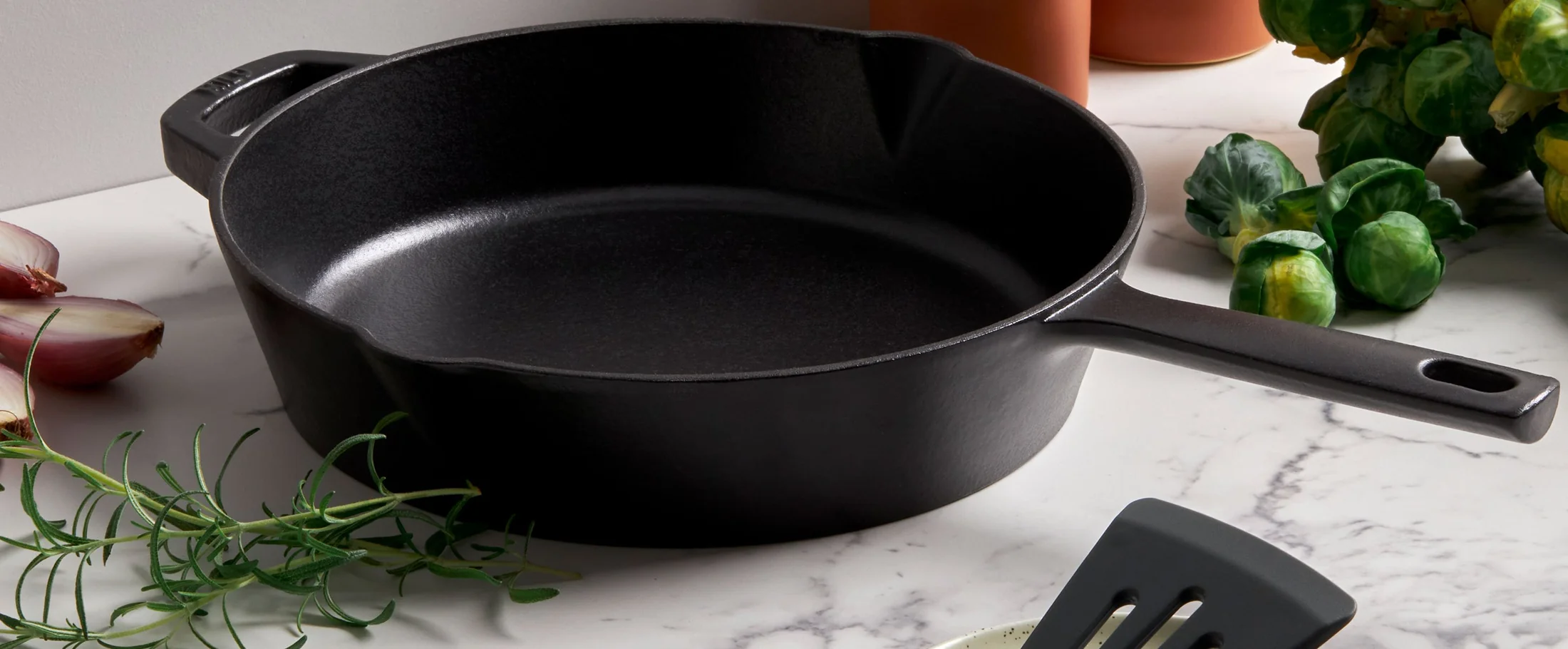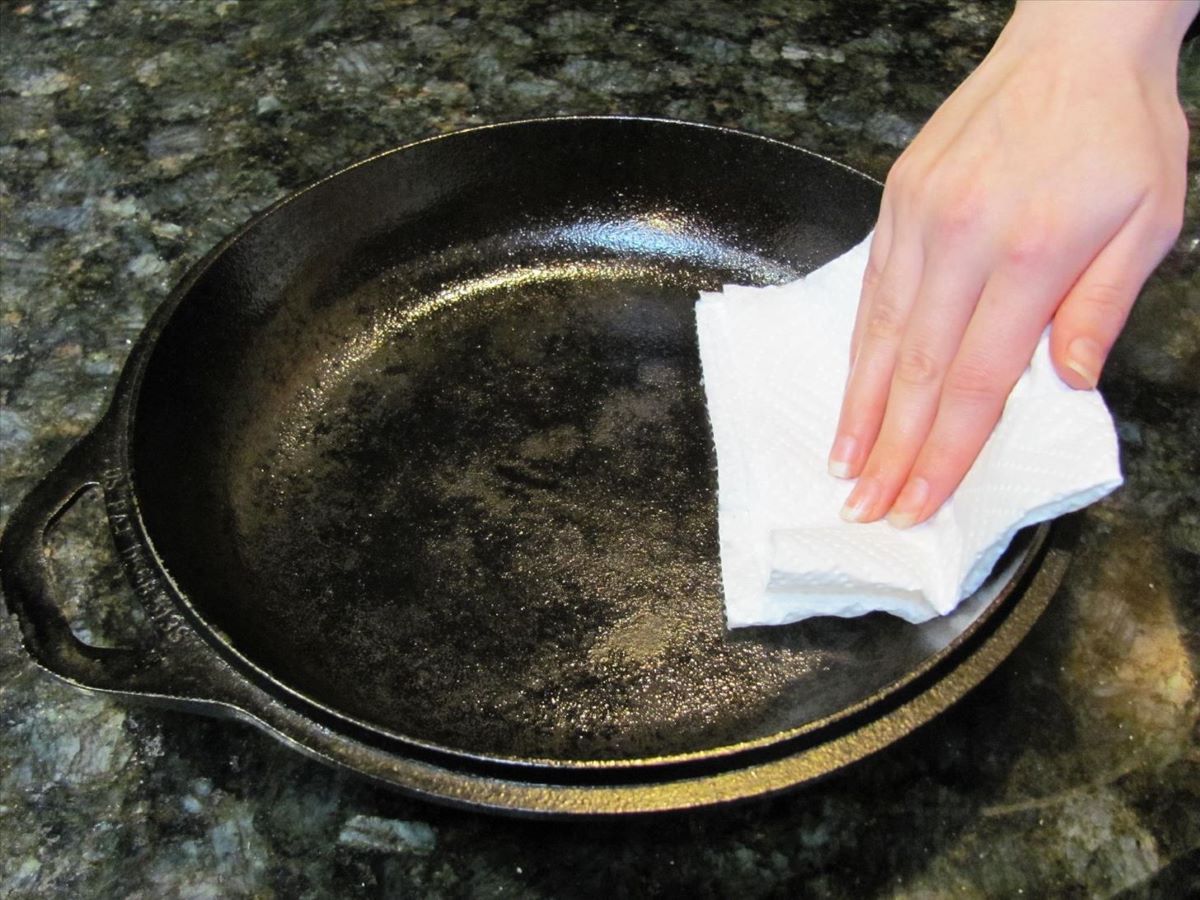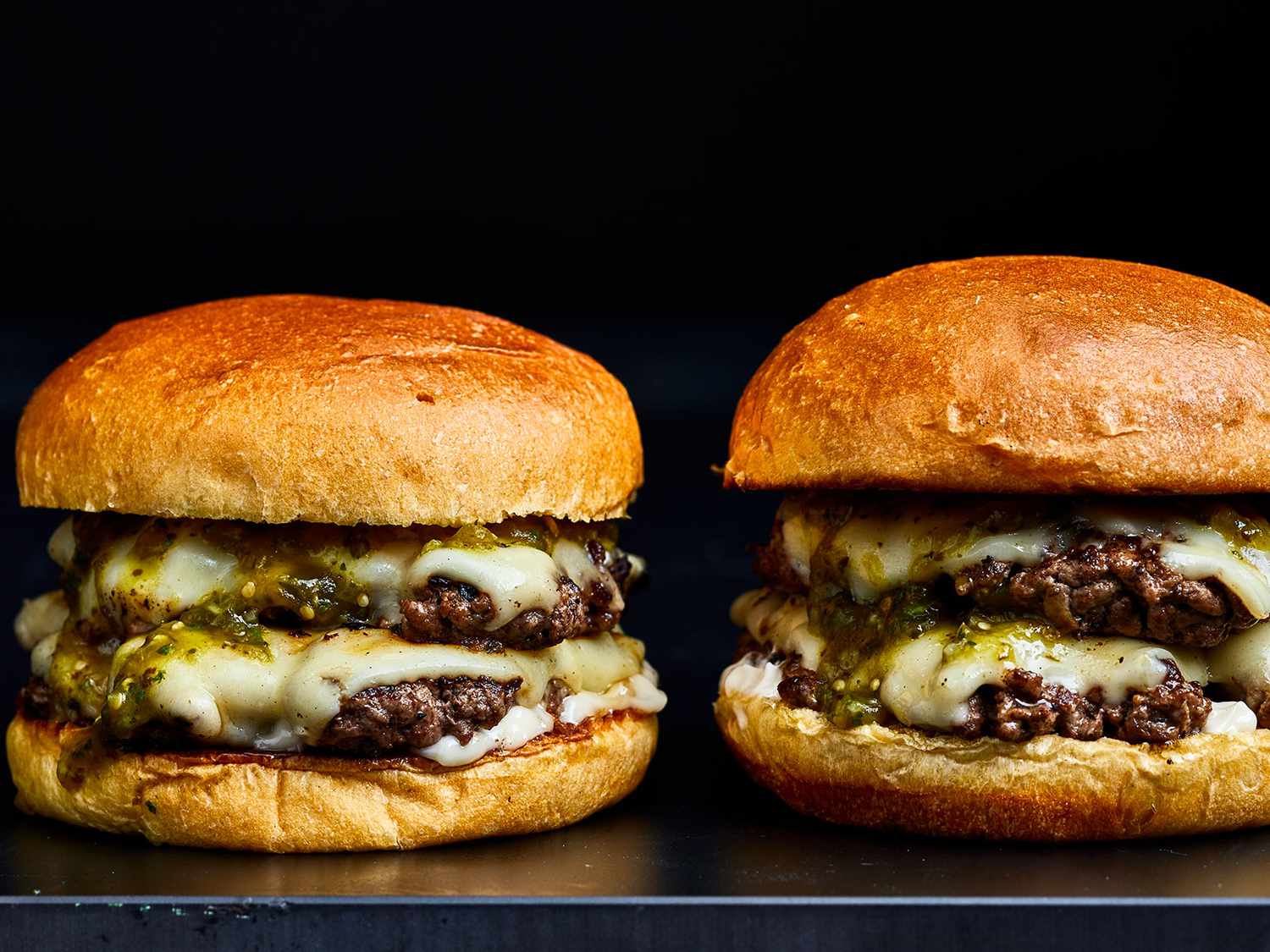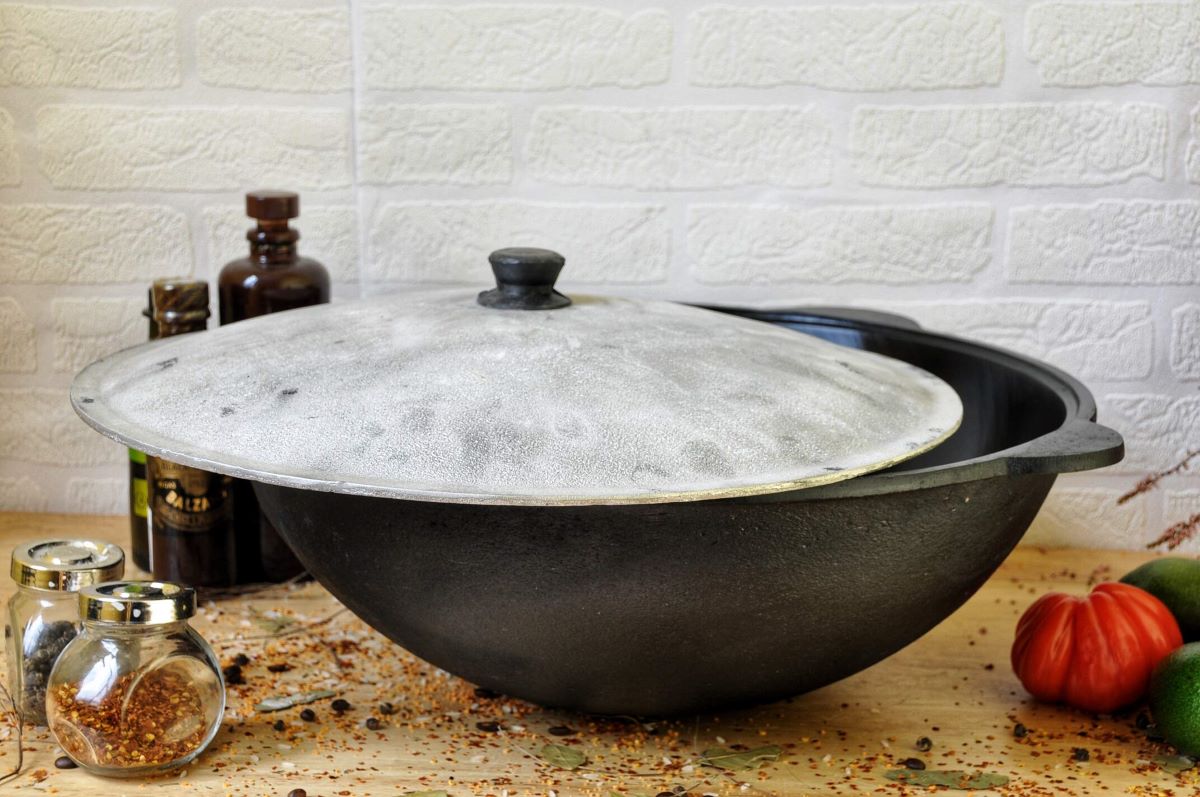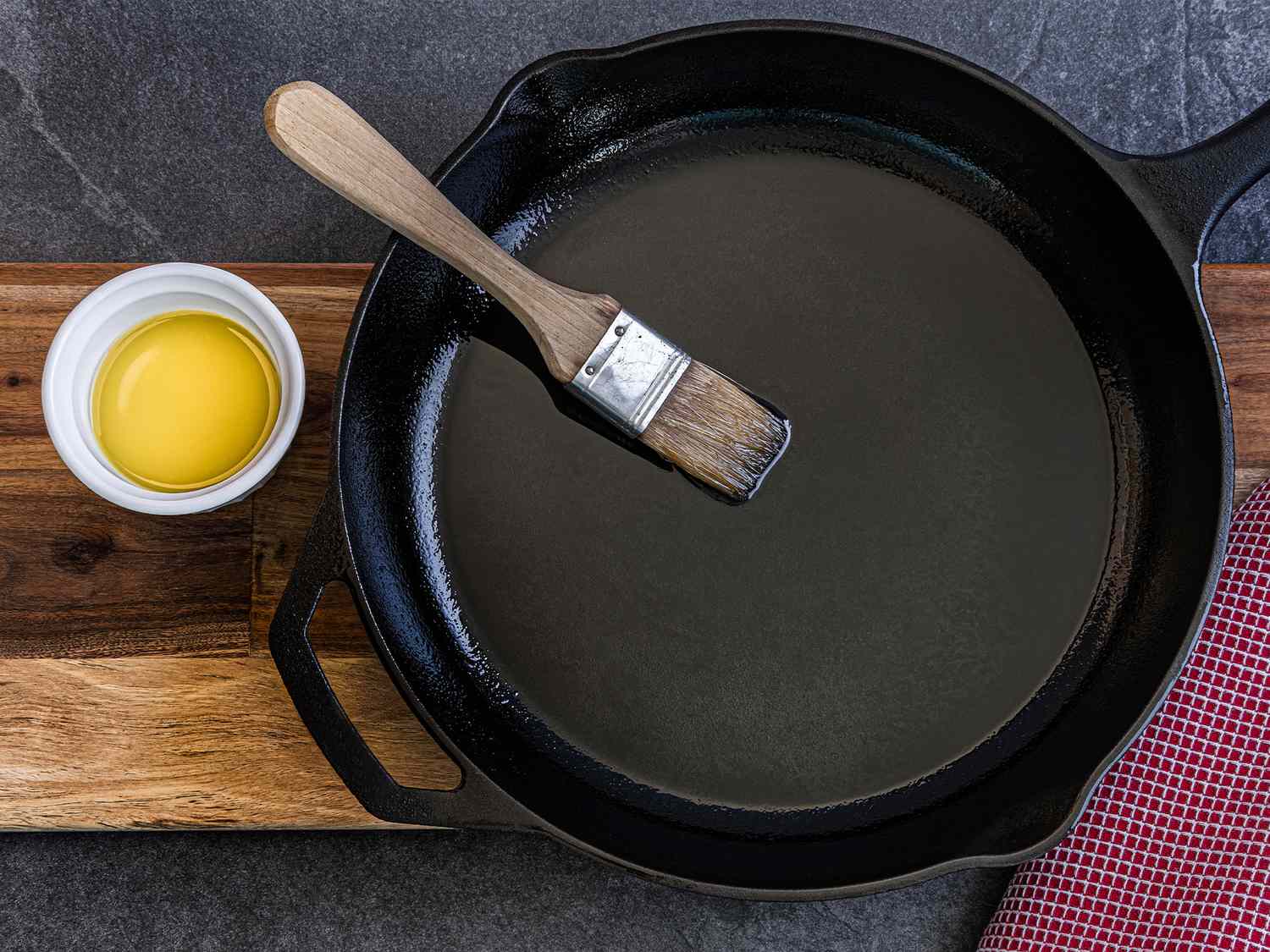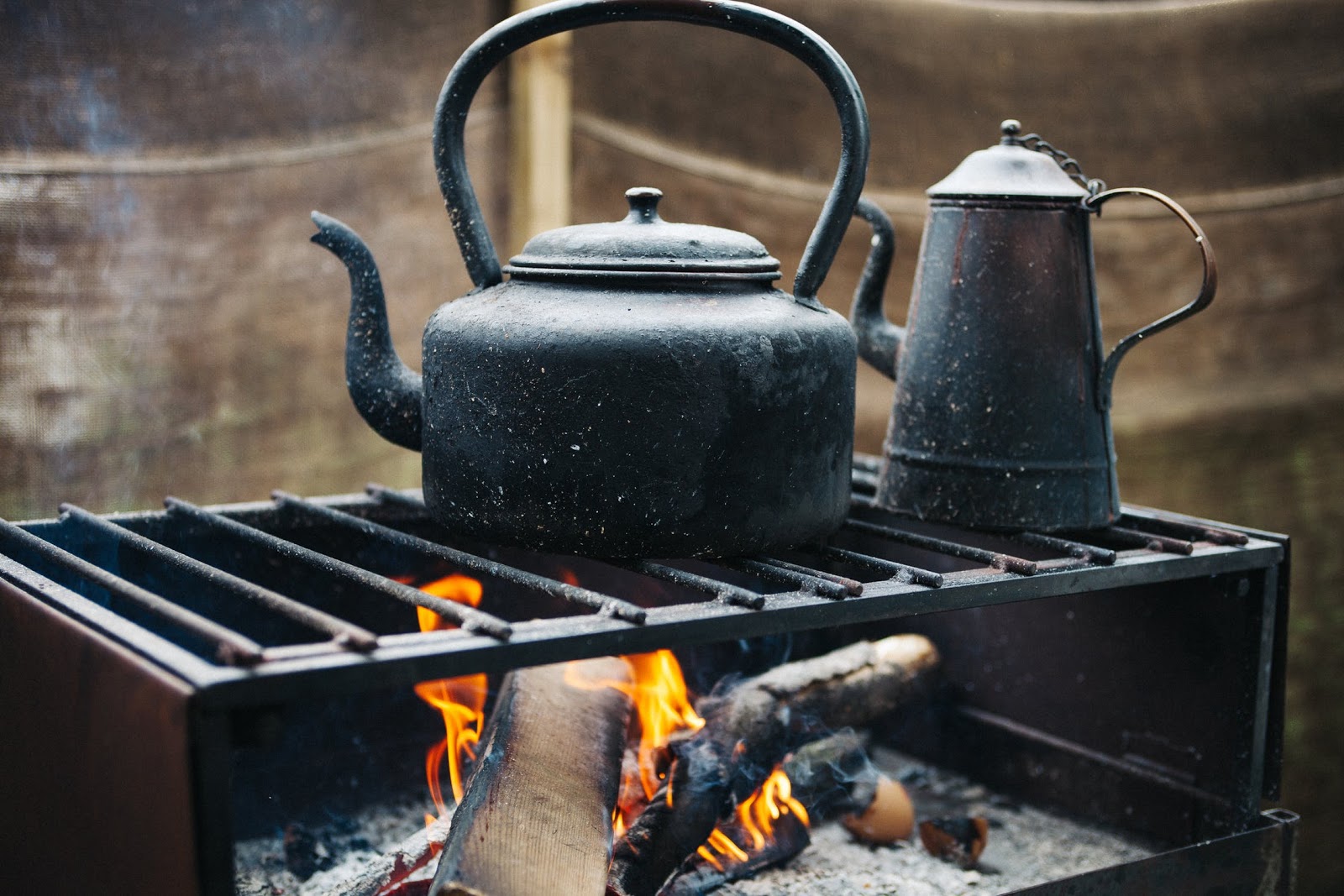Cooking with cast iron can transform your kitchen game. These heavy-duty pans are perfect for searing steaks, baking cornbread, or even making a deep-dish pizza. Cast iron retains heat exceptionally well, ensuring even cooking. Plus, it’s versatile enough to go from stovetop to oven. With proper care, a cast iron skillet can last generations, becoming a family heirloom. This guide will cover everything from seasoning your pan to mastering delicious recipes. Whether you're a beginner or a seasoned cook, cast iron offers endless possibilities for creating mouthwatering dishes. Get ready to elevate your culinary skills with this timeless kitchen tool.
Essential Ingredients for The Ultimate Guide to Cooking with Cast Iron
- Cast iron skillet
- High smoke point oil (e.g., canola, vegetable, grapeseed)
- Your choice of protein (chicken, beef, tofu)
- Salt
- Black pepper
- Garlic cloves
- Fresh herbs (thyme, rosemary, parsley)
- Vegetables (bell peppers, onions, zucchini)
- Butter (optional, for finishing)
- Lemon (optional, for acidity)
Tools You Will Need for The Ultimate Guide to Cooking with Cast Iron
Tools Needed for Cooking with Cast Iron
- Cast Iron Skillet: Essential for searing, frying, baking, and more.
- Cast Iron Dutch Oven: Great for soups, stews, and braising.
- Lodge Pan Scraper: Helps clean without damaging the seasoning.
- Chainmail Scrubber: Removes stuck-on food while preserving the skillet's surface.
- Silicone Handle Cover: Protects hands from hot handles.
- Wooden or Silicone Utensils: Prevents scratching the skillet's surface.
- Seasoning Oil: Maintains the non-stick surface.
- Heat-Resistant Gloves: Ensures safety when handling hot cookware.
- Trivet: Protects countertops from hot pans.
- Basting Brush: Useful for applying oil or butter evenly.
- Stainless Steel Spatula: Ideal for flipping and scraping.
- Cast Iron Lid: Keeps moisture in during cooking.
- Oven Mitts: Provides extra protection when moving pans in and out of the oven.
- Paper Towels: Helps with cleaning and oiling the skillet.
- Wire Rack: Allows food to cool evenly.
Preheat your cast iron skillet before adding ingredients. This ensures even cooking and prevents food from sticking. Always dry thoroughly after washing to avoid rust. Season regularly for a non-stick surface.
Why This Guide is Important
Cast iron pans are known for their durability and even heat distribution. They can last for generations if properly cared for. Cooking with cast iron also adds iron to your food, which is beneficial for health. Plus, they are versatile, perfect for stovetop, oven, or even campfire cooking.
Step-by-Step Instructions for The Ultimate Guide to Cooking with Cast Iron
The Ultimate Guide to Cooking with Cast Iron
-
Choosing the Right Cast Iron Pan
- Size: Select a pan that fits your cooking needs. Common sizes range from 8 to 12 inches.
- Weight: Ensure you can comfortably lift the pan, especially when full.
- Pre-seasoned vs. Unseasoned: Pre-seasoned pans are ready to use, while unseasoned ones require seasoning before use.
-
Seasoning Your Cast Iron Pan
- Clean: Wash the pan with warm water and mild soap. Dry thoroughly.
- Oil: Apply a thin layer of vegetable oil or melted shortening to the entire surface, including the handle.
- Bake: Place the pan upside down in an oven preheated to 375°F. Bake for one hour. Let it cool in the oven.
-
Heating the Pan
- Preheat: Place the pan on the stove over medium heat for 5-10 minutes.
- Test: Sprinkle a few drops of water. If they sizzle and evaporate, the pan is ready.
-
Cooking with Cast Iron
- Oil: Add a small amount of oil or butter to the pan.
- Food: Place food in the pan, ensuring it is dry to prevent sticking.
- Temperature Control: Adjust the heat as needed. Cast iron retains heat well, so lower settings are often sufficient.
-
Cleaning Your Cast Iron Pan
- Cool: Allow the pan to cool slightly before cleaning.
- Scrub: Use a brush or sponge with warm water. Avoid soap if possible.
- Dry: Thoroughly dry the pan with a towel or by placing it on a warm burner.
-
Maintaining Your Cast Iron Pan
- Re-season: Apply a thin layer of oil after each use to maintain the seasoning.
- Storage: Store in a dry place to prevent rust. Avoid stacking with other cookware.
-
Handling Rust
- Scrub: Use steel wool to remove rust spots.
- Re-season: Follow the seasoning steps to restore the pan’s surface.
-
Cooking Tips
- Avoid Acidic Foods: Tomatoes and citrus can strip the seasoning.
- Use Wooden or Silicone Utensils: Metal utensils can scratch the surface.
- Preheat Oven: For baking, preheat the oven with the pan inside for even heat distribution.
-
Restoring an Old Cast Iron Pan
- Remove Rust: Soak in a vinegar-water solution, then scrub with steel wool.
- Season: Follow the seasoning process to restore the non-stick surface.
-
Benefits of Cooking with Cast Iron
- Heat Retention: Maintains even cooking temperatures.
- Versatility: Suitable for stovetop, oven, and even campfire cooking.
- Durability: With proper care, cast iron pans can last for generations.
Mastering Cast Iron Cooking
Cooking with cast iron opens up a world of flavor and versatility. These durable pans can handle everything from searing steaks to baking cornbread. Remember to season your pan regularly to maintain its non-stick surface and prevent rust. Cleaning is simple: avoid soap, use hot water, and dry thoroughly. With proper care, your cast iron will last for generations, becoming a family heirloom. Experiment with different recipes, and don't be afraid to try new techniques. Whether you're a beginner or a seasoned chef, cast iron can elevate your cooking game. So, grab your skillet, fire up the stove, and start creating delicious meals that will impress everyone at the table. Happy cooking!
Frequently Asked Questions About The Ultimate Guide to Cooking with Cast Iron
What makes cast iron special for cooking?
Cast iron heats evenly and retains heat well, making it perfect for searing, frying, and baking. Plus, it adds a bit of iron to your food, which is a nice bonus!
How do I season my cast iron skillet?
To season your skillet, coat it with a thin layer of vegetable oil, then bake it upside down in the oven at 375°F for about an hour. Let it cool in the oven. This creates a non-stick surface.
Can I use soap to clean my cast iron?
Yes, you can use a small amount of mild soap. Just make sure to rinse it thoroughly and dry it completely to prevent rust. Re-seasoning after washing helps maintain the non-stick surface.
What foods should I avoid cooking in cast iron?
Avoid cooking acidic foods like tomatoes or citrus in a new skillet, as they can strip the seasoning. Once your skillet is well-seasoned, you can cook almost anything.
How do I prevent my cast iron from rusting?
Always dry your skillet thoroughly after washing. You can place it on a stove burner for a few minutes to ensure it's completely dry. Store it in a dry place and occasionally rub it with a bit of oil.
Can I use cast iron on any cooking surface?
Yes, cast iron works on gas, electric, induction stovetops, and even in the oven or on a grill. Just be cautious with glass stovetops, as the heavy skillet can scratch the surface.
How do I fix a rusty cast iron skillet?
Scrub the rust off with steel wool, rinse, and dry thoroughly. Then, re-season the skillet by applying a thin layer of oil and baking it in the oven at 375°F for an hour.
